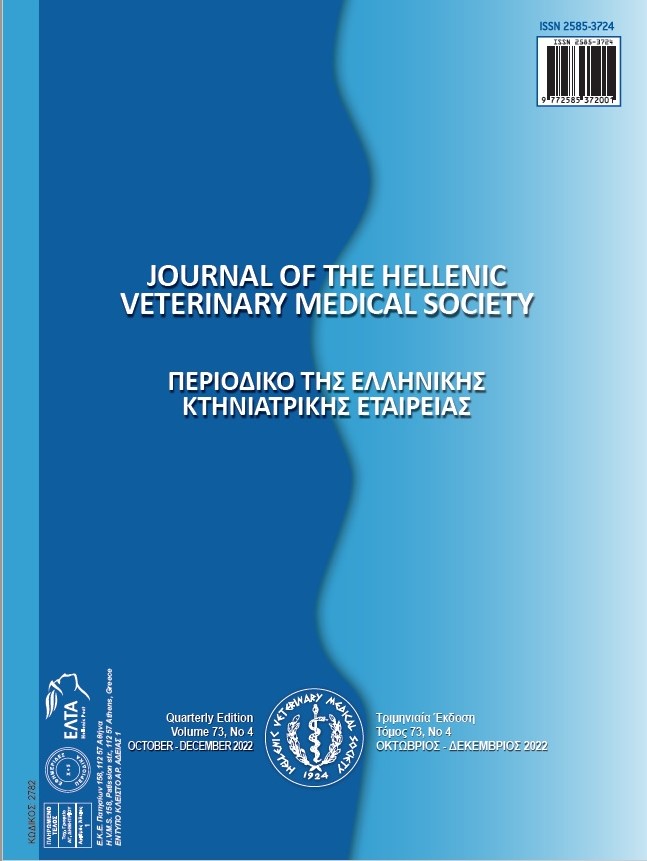Expression profiling of IL-1β, IL-6 and IL-8 genes in lung tissues of Aseel, Crossbred Naked neck, and White Leghorn chicken challenged with H9N2 Influenza virus

Abstract
Aseel and Naked neck are major chicken breeds of the tropics and well-known for their thermotolerance and robustness. However, both of them especially Aseel are very susceptible to Avian Influenza (AI) which cause huge mortalities. The role of cytokines in relation to the pathology and severity of the disease caused by the endemic strain (H9N2) of AIV in these breeds remained thus far unclear. The aim of this study was to investigate the effects of H9N2 AIV on the expression level of IL-1β, IL-6 and IL-8 in the lung tissues of Aseel, crossbred Naked Neck, and White Leghorn (WLH). In total 60 birds, 20 from each breed, were used in this study, whereas 30 birds (10 from each breed) were challenged intranasally with H9N2 virus with a concentration of 106 EID50 at 6wk of age and other half were treated as control. The lung tissues were sampled at 5th day post-infection to study the differential expression of IL-1β, IL-6, and IL-8 using qRT-PCR. Our data revealed a significant difference (P<0.001) in the gene expression levels among all the breeds in response to viral challenge. It was also observed that after exposure to H9N2 virus, Aseel birds showed the highest increase in their expressions of interleukin (IL-1 β, IL-6, and IL-8) genes followed by Naked Neck and WLH respectively suggesting greater susceptibility of Aseel to AIV compared with other breeds. However, these results are in agreement with the severity of disease and incidence of mortality caused by AI in these breeds.
Article Details
- How to Cite
-
Malik, K., Zahoor, I., Khalique, A., Sahota, A., & Basheer, A. (2023). Expression profiling of IL-1β, IL-6 and IL-8 genes in lung tissues of Aseel, Crossbred Naked neck, and White Leghorn chicken challenged with H9N2 Influenza virus. Journal of the Hellenic Veterinary Medical Society, 73(4), 4873–4880. https://doi.org/10.12681/jhvms.28174
- Issue
- Vol. 73 No. 4 (2022)
- Section
- Research Articles

This work is licensed under a Creative Commons Attribution-NonCommercial 4.0 International License.
Authors who publish with this journal agree to the following terms:
· Authors retain copyright and grant the journal right of first publication with the work simultaneously licensed under a Creative Commons Attribution Non-Commercial License that allows others to share the work with an acknowledgement of the work's authorship and initial publication in this journal.
· Authors are able to enter into separate, additional contractual arrangements for the non-exclusive distribution of the journal's published version of the work (e.g. post it to an institutional repository or publish it in a book), with an acknowledgement of its initial publication in this journal.
· Authors are permitted and encouraged to post their work online (preferably in institutional repositories or on their website) prior to and during the submission process, as it can lead to productive exchanges, as well as earlier and greater citation of published work.



